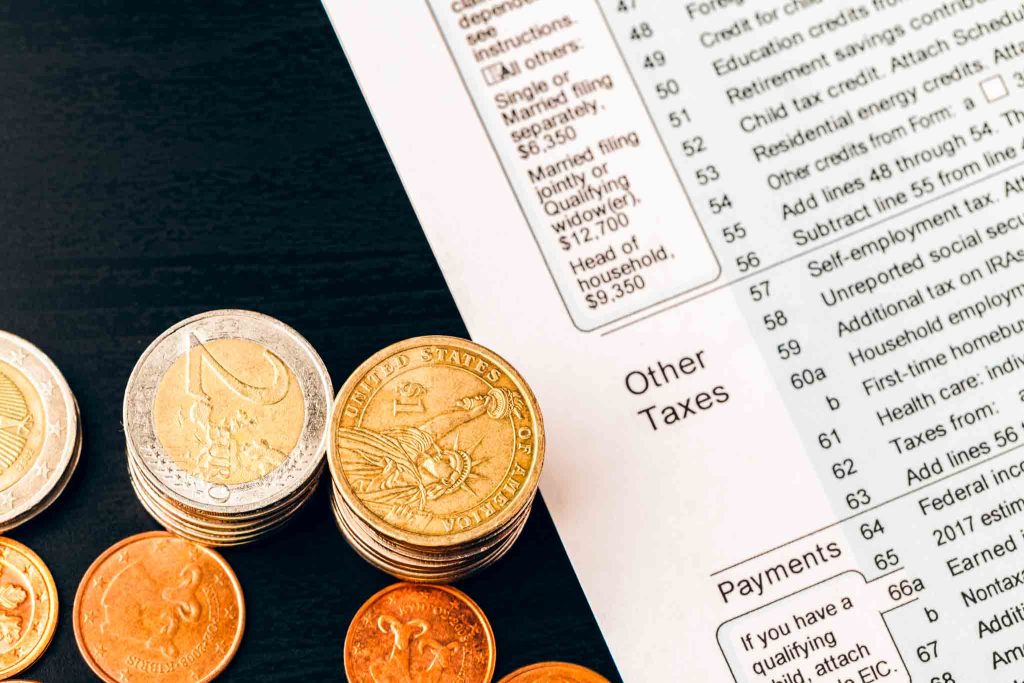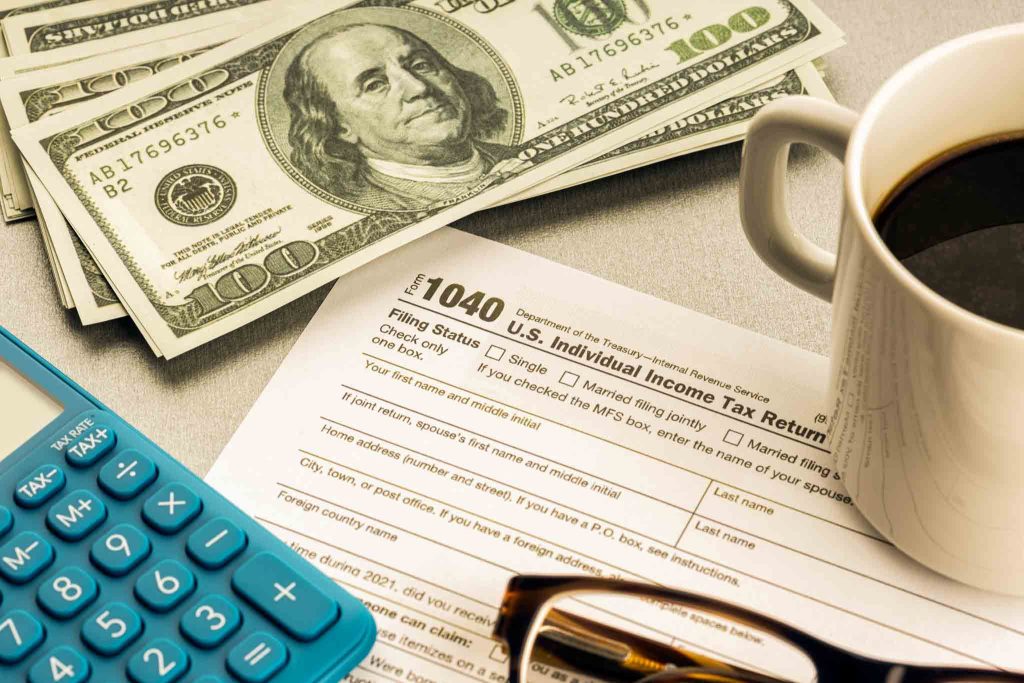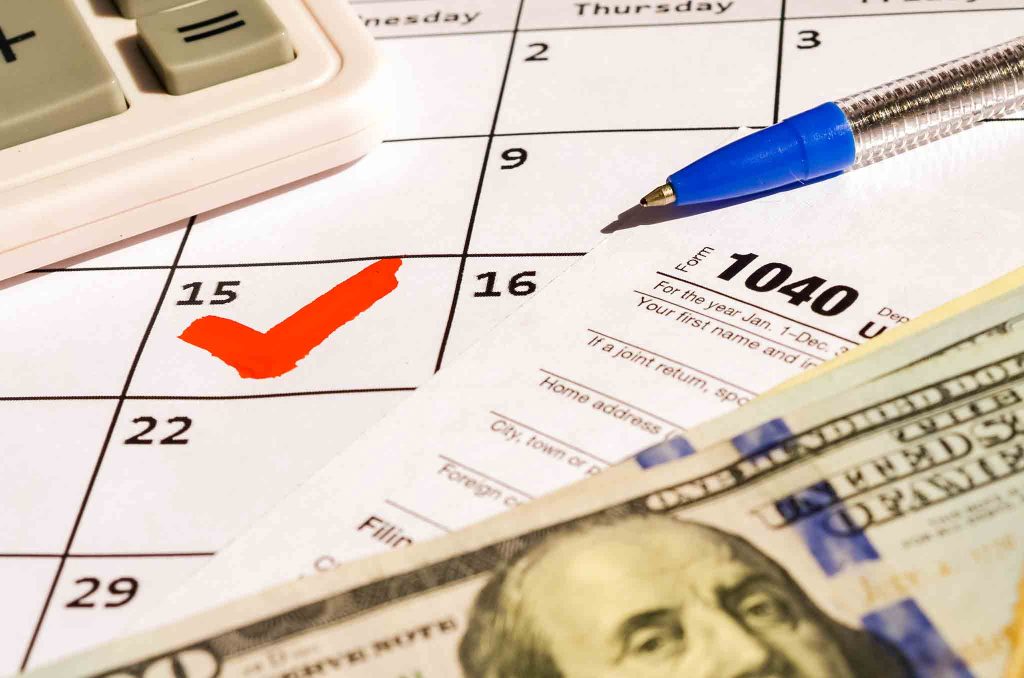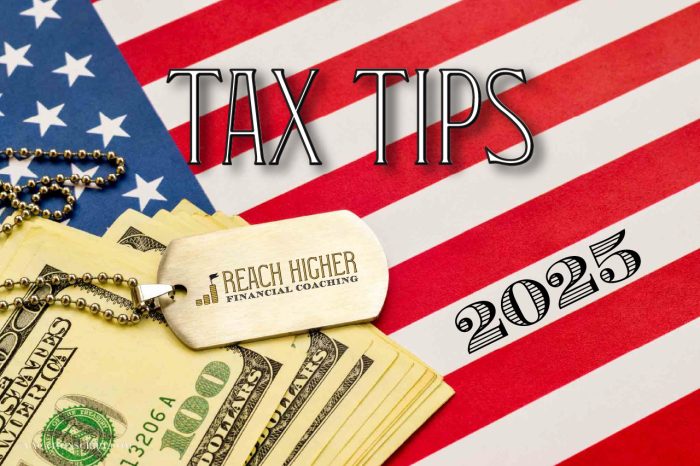Filing taxes can feel overwhelming, but staying organized is key to a smooth process. One of the most essential steps is gathering all necessary documents before you file. Doing so helps ensure an accurate return, maximize deductions, and prevent delays in receiving your refund.

Why Gathering Your Documents Matters
Keeping all required documents in one place will help you:
- Avoid errors that could delay your refund.
- Ensure you claim all eligible deductions and credits.
- File your taxes accurately and on time.
Personal Information Checklist
Before you start, make sure you have the following details ready:
| Document | Purpose |
|---|---|
| Social Security Number (SSN) or Individual Taxpayer Identification Number (ITIN) | Identifies you and any dependents on your return. |
| Bank Account & Routing Number | Required for direct deposit refunds or tax payments. |
| Adjusted Gross Income (AGI) from Last Year’s Return | It helps verify your identity when e-filing. |
| Name & Address Updates | Ensure they match Social Security Administration (SSA) records. |
| Self-Select PIN (if e-filing last year) | Used for identity verification. |
| IP PIN (if identity theft occurred) | Required for extra security. |

Income Documents to Collect
You must report all income earned throughout the year. The IRS requires employers, banks, and other entities to send you forms summarizing your income.
Common Income Forms:
| Form | Income Type |
| W-2 | Employee wages |
| W-2G | Lottery and gambling winnings |
| 1099-K | Payments from apps, online marketplaces, and cards |
| 1099-G | Unemployment compensation, government payments |
| 1099-INT | Interest income from banks and brokers |
| 1099-DIV | Dividend earnings |
| 1099-NEC | Freelance or independent contractor income |
| 1099-R | Retirement distributions or pension income |
| SSA-1099 | Social Security benefits received |
| 1099-MISC | Miscellaneous income |
| 1095-A | Health Insurance Marketplace Statement |
Most of these forms arrive by January or February, either electronically or by mail. If you haven’t received one, contact the issuing entity.

Documents for Credits & Deductions
To reduce your taxable income, gather supporting documents for any tax deductions or credits you plan to claim.
| Category | Required Documents |
| Childcare/Dependent Care | Statements of expenses paid, provider’s tax ID |
| Mortgage Interest & Property Taxes | Form 1098 from your lender |
| Charitable Contributions | Receipts from donations |
| Health Savings Account (HSA) & Flexible Spending Account (FSA) | Contribution and distribution statements |
| Medical Expenses | Receipts for out-of-pocket costs |
| Retirement Contributions | Form 5498 or account statements |
| Education Expenses | Tuition receipts, Form 1098-T (if applicable) |
Self-Employed or Side Gig Income
If you’re a freelancer, gig worker, or small business owner, keep track of your business income and expenses.
| Document | Purpose |
| 1099-K or 1099-NEC | Reports freelance or gig income |
| Payment Receipts | Proof of business earnings |
| Mileage Logs | Track work-related travel expenses |
| Business Expense Receipts | Supplies, advertising, office costs |
| Estimated Tax Payments | IRS Form 1040-ES (if quarterly payments were made) |

Tax Filing Deadlines & Free Filing Options
The deadline to file your 2024 tax return is April 15, 2025. However, certain situations may qualify for an extension.
Free Filing Options:
| Option | Eligibility |
| IRS Free File | AGI of $84,000 or less |
| Direct File | File taxes online directly with the IRS for free |
| Volunteer Income Tax Assistance (VITA) | Free filing help for those earning $67,000 or less, seniors, and individuals with disabilities |
| Free File Fillable Forms | Available for any income level |
Other Filing Methods:
| Option | Details |
| Tax Software | Programs like TurboTax, H&R Block, and others guide you through the process. |
| Tax Professionals | IRS-approved accountants or tax preparers. |
| Paper Forms | Mail paper returns to the IRS. |

What to Do If You Owe Taxes
If you owe taxes, the amount is due by April 15, 2025, even if you request an extension.
Payment Options:
- Online Payment: Pay via bank account, debit/credit card, or digital payment apps.
- IRS Payment Plan: If you can’t pay in full, apply for a short-term or long-term payment plan.
- Withholding Adjustments: Use the IRS Tax Withholding Estimator to avoid underpayment penalties next year.
Expecting a Refund? Here’s What to Know
You may be eligible for a refund if you overpaid taxes throughout the year. To check your status:
- Use the Where’s My Refund? tool on the IRS website.
- Refunds from e-filed returns typically process within 21 days.
- Paper returns take 4 weeks or longer.
- Amended returns take 16 weeks to process.
Refund Payment Options:
| Method | Details |
| Direct Deposit | Fastest option; up to 3 bank accounts can receive the deposit. |
| Paper Check | Mailed to the address on your return. |
| Prepaid Debit Card | Some banks allow direct deposits to prepaid cards. |
| IRA or Savings Account | Refund can go directly into a retirement or savings account. |

Plan for Next Year’s Taxes
To make tax filing easier next year:
- Track income & expenses year-round.
- Use a secure folder or digital system to store tax documents.
- Adjust tax withholding if needed to avoid owing a large amount.
- Consider estimated tax payments if you’re self-employed.
Final Tax Tip:
Taking time to gather the right documents now will save you headaches later. Stay organized, double-check your forms, and file on time to maximize your refund and minimize stress!
For more detailed tax tips, stay tuned for future posts!




